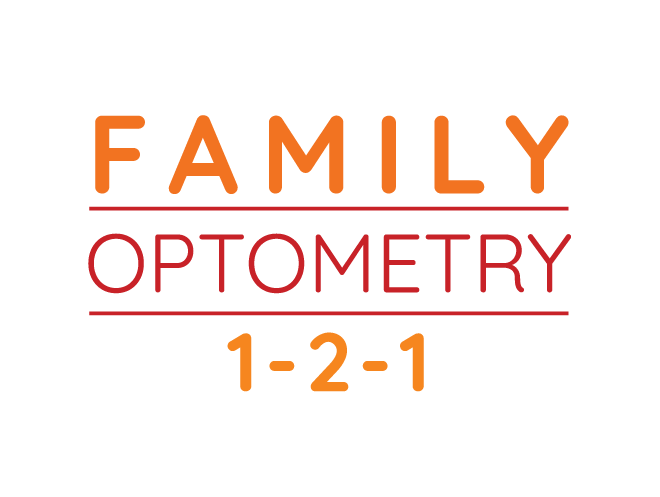The journey of childhood is a tapestry woven with the threads of exploration, discovery, and growth. Central to this is a child’s visual development — the cornerstone for learning, interacting with the world, and building a foundation for future success. Visit us at Family Optometry 121 for pediatric eye exams and lay the foundation for a lifetime of healthy vision.
Why Pediatric Eye Exams Are Important
- Early Detection for Developmental Milestones: Pediatric eye exams allow timely intervention in addressing myopia (nearsightedness) and other refractive errors. Beyond clear vision, they also check how well the eyes work together, screening for poor visual skills that lead to problems like amblyopia (lazy eye) and strabismus (crossed eyes).
- Academic Success and Learning Readiness: Undetected vision problems can hinder a child's comprehension and engagement in learning activities. Eye exams ensure children have the clarity and visual tools for academic success.
- Confidence and Social Interaction: There is a close link between a child's vision and their confidence and social interactions. If left unaddressed, vision challenges can impact a child's self-esteem and hinder their participation in social activities.
When to Have Your Child's Eyes Examined
#1 The First Comprehensive Eye Exam: 6 Months
The American Optometric Association recommends a child's first eye exam at six months. This initial exam focuses on assessing visual development and ensuring the health of a child's eyes during critical early stages.
#2 Key Milestones: 3-Years-Old and Before School
Routine pediatric eye exams are recommended around age three, providing insights into a child's visual progress. Another critical milestone is before starting school, typically around age five or six. This allows parents to address vision problems before a child begins their academic journey.
#3 Establishing Routine Eye Care at School-Going Age and Beyond
To ensure ongoing visual health, eye exams should become a routine part of a child's healthcare regimen, occurring at least once every two years, even when no specific issues are apparent.
#4 Recognizing Signs of Vision Issues
Parents and caregivers should pay attention to sudden changes in a child's behavior or school performance, as these may indicate underlying vision issues that need immediate intervention. Other symptoms include squinting, frequent headaches, rubbing or tearing of the eyes, and sitting too close to the television or holding books unusually close.
Schedule a Pediatric Eye Exam
By prioritizing the importance of pediatric eye exams at Family Optometry 121, parents and caregivers empower their children with the visual tools necessary for development, academic success, and a confident social experience.


